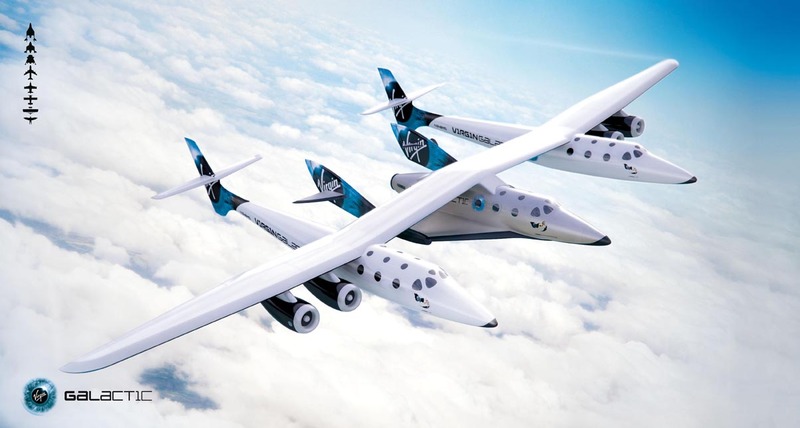Virgin Galactic reveal plans to build additional "mothership" aircraft

Virgin Galactic, a
service provider of space tourism, revealed on Wednesday that it has
reached an agreement with Aurora Flight Sciences, a Boeing subsidiary to
construct two more carrier aircrafts to in preparation of its next
spacecraft fleet.
Currently, VMS Eve,
a "mothership" operated by Virgin Galactic, has been around for
14 years and is currently undergoing a thorough renovation. Virgin
Galactic's mothership, which is jet-powered, is essential to the company's
missions because it raises the company's spacecraft to a launch altitude of
around 50,000 feet.
The new motherships, according
to the space tourism company, will each allow up to 200 launches per year and
are a development of the VMS Eve concept. VSS Unity and VSS Imagine, the two
spacecraft that make up Virgin Galactic's current fleet, can launch 12 times a
year, respectively.
The new aircraft will
be "faster to produce, easier to maintain, and will allow us to fly
substantially more missions each year," CEO Michael Colglazier stated in a
press release. This is consistent with the upgrades currently made to the
spacecraft, which VG president Mike Moses portrayed as being more concerned
with streamlining commercial operations than with enhancing performance.
After regular trading
in New York ended on Wednesday, shares of Virgin Galactic increased 4.7
percent. The stock has decreased by 52% so far this year.
According to Techcrunch,
the designation of the new craft is still a mystery; it appears to be so for
the time being and won't be made public until the craft are really released.
Although it's not crucial, it's useful to know if these will resemble WhiteKnightTwoPointOne
or WhiteKnightThree. Most likely neither.
According to a
statement released late Wednesday, Aurora will start developing the new
generation of spacecrafts for Virgin Galactic immediately. The first of
the vehicles is anticipated to go into operation in 2025, the same year Virgin
Galactic intends to start commercial spaceflights aboard its new, more robust
Delta-class spaceship.
Although the company's
upcoming "Delta class" of spacecraft would launch as frequently as
once per week, numerous motherships would be required to sustain launches. The
company's objective is to fly 400 times a year.
Prices may fall
due to thousands of tickets available each year, but it will probably be
some time before regular people can travel to space.
This is entirely
distinct from Virgin Orbit's airplane and midair launch system, which is
conceptually similar but serves a completely different firm and objective by
boosting an orbital launch vehicle with a modified 747.
A representative for
Virgin Galactic declined to provide the agreement's financial details. Early
this year, Aurora and Virgin Galactic started designing the motherships, and
construction will begin right away. In 2025, the first carrier aircraft is
anticipated to go into service.
Sir Richard Branson
launched the American spaceflight company Virgin Galactic, and his British
Virgin Group still has an 11.9 percent investment in it through Virgin
Investments Limited.
The space tourism
company is headquartered in California, USA, but conducts business out of New
Mexico. The business is building commercial spacecraft with the intention of
offering space travelers suborbital spaceflights. The suborbital spacecraft of
Virgin Galactic are air launched from beneath the White Knight Two carrier
aircraft.


Be the first to comment!
You must login to comment